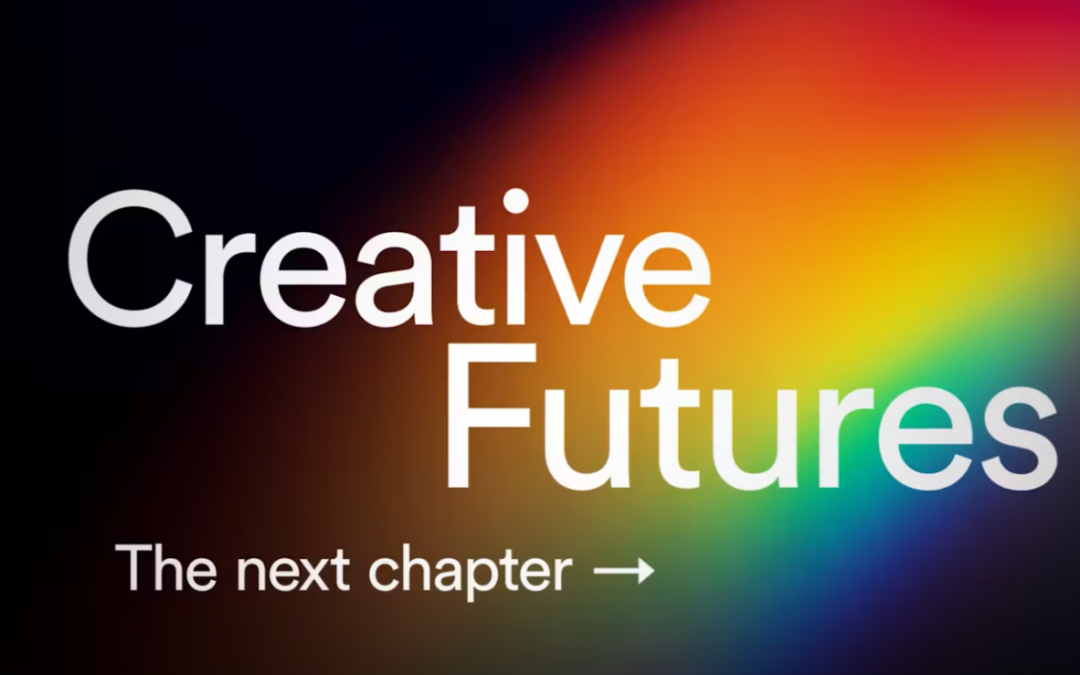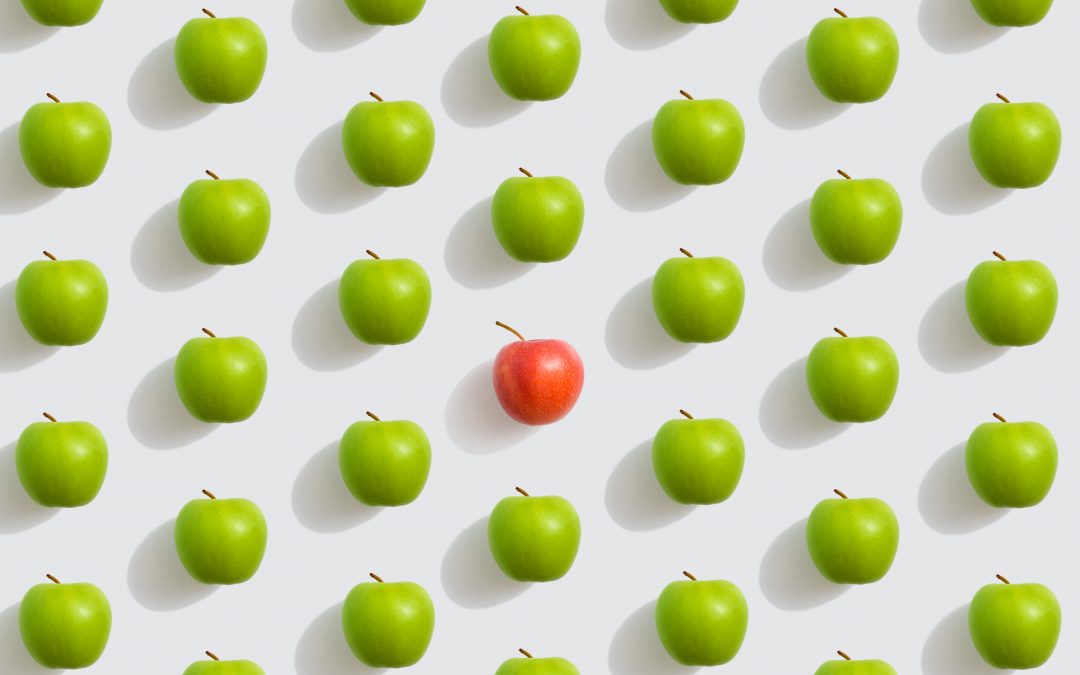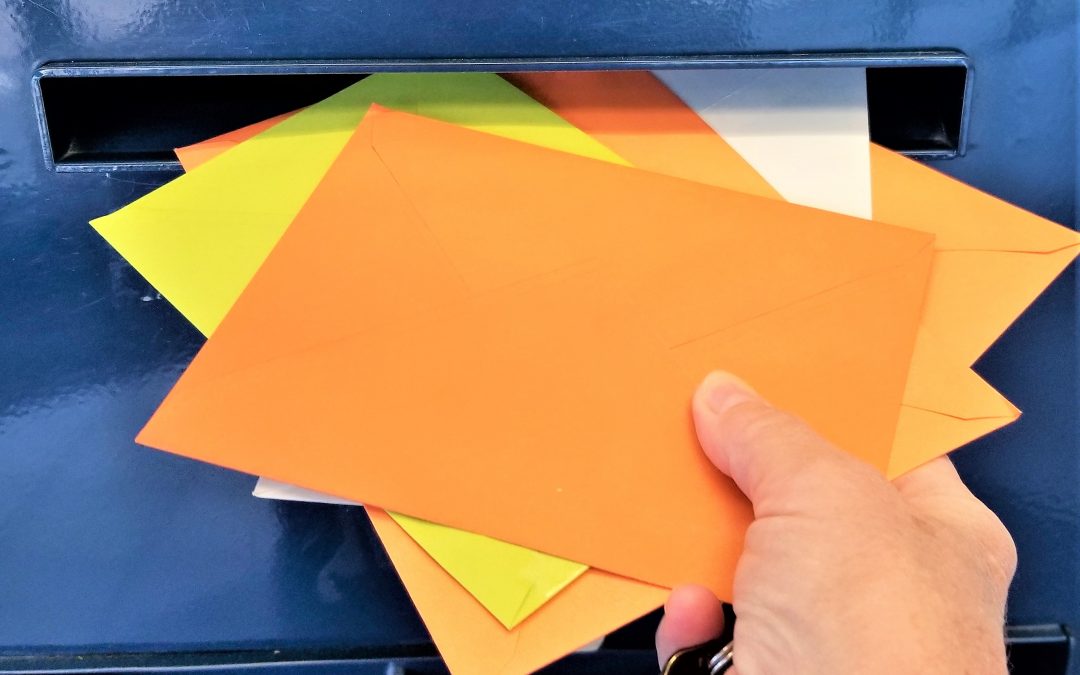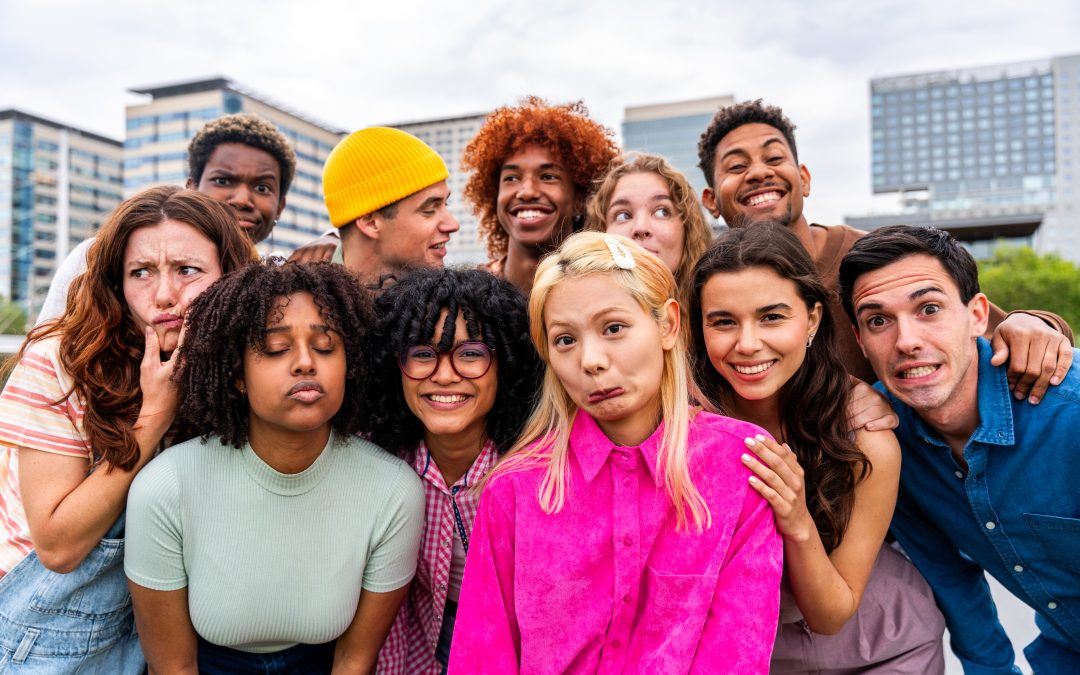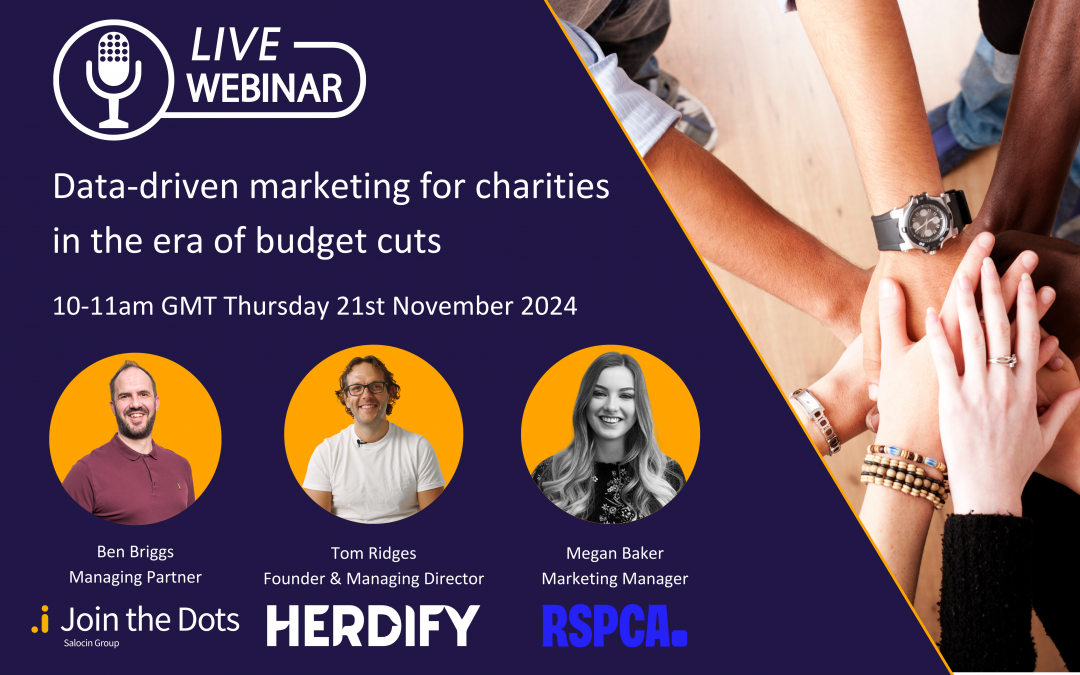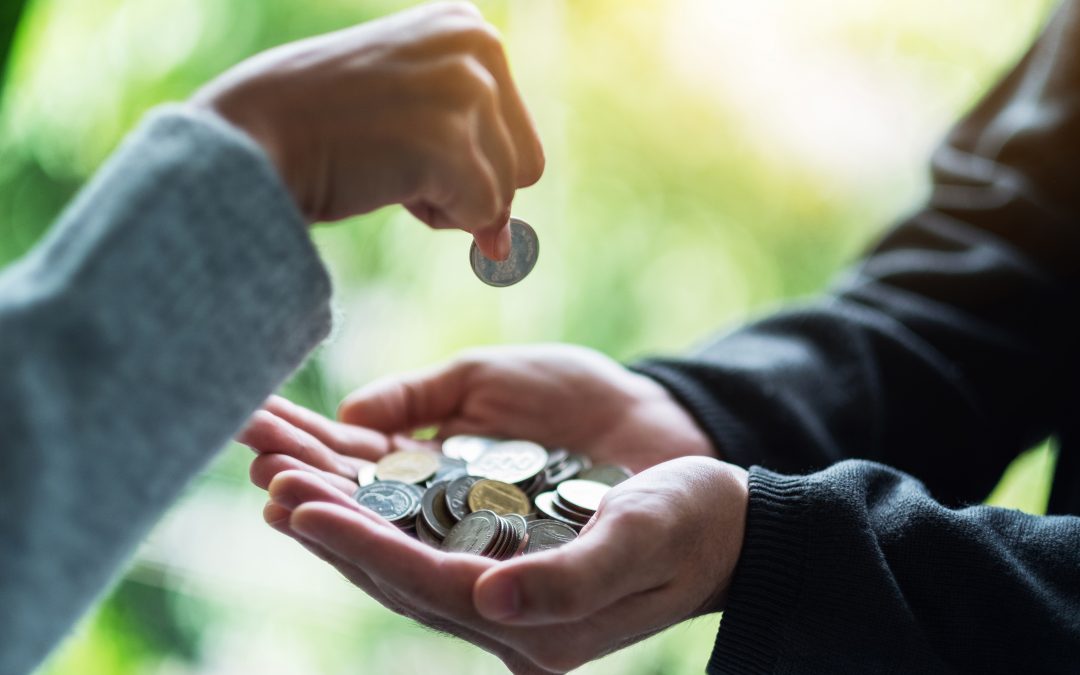The all-important split
If you’ve ever searched online for ‘Brand vs DR’ you’ll have likely come across the industry Gods that are Binet & Field and their lauded work from 11 years ago in ‘The Long and The Short of It’. Alongside highlighting the danger of focusing on the short-term, the work concludes that the best brand performance split for brand health is 60:40 in favour of long-term brand. This split is still very much relevant now and works as a guide for planners up and down the country as to where and how client media budget should be split – depending on their objective.

What’s the difference?
The most basic principles are that brand advertising works towards a mass reach approach to build the reputation of the product or organisation, essentially talking to as many people as possible. Usually the primary goal is to increase brand awareness, engagement, consideration and overall perception. This is reported on via brand tracking methods before, during and after campaign activity – however it’s also the hardest to quantify.
Direct response (DR) advertising uses much more targeted methods, focused on finding the mostly likely to respond and reaching them directly. DR requires an immediate action, or one that is easily trackable to ascertain whether it worked or not. The key here is measurable outcomes to evaluate i.e. response rate, cost per conversion metrics and ultimately ROI.
In short, brand advertising works toward getting people to think of your brand, DR advertising works toward getting people to buy or convert.
The importance of objectives
From a media buying and planning perspective, establishing the objectives with a client at briefing stage is imperative to whether a campaign can be classified as successful or not. It’s also crucial to the overall approach taken for channel planning.
For example, would we recommend running a purely out of home (OOH) campaign to answer a sales objective requiring immediate response? Considering outdoor ads on average capture just two seconds of attention? Not likely. Would we recommend OOH to support a mass reach and frequency brand campaign with an objective to increase awareness and recall? You betcha.
You’ll mostly see channels like TV, video on demand, radio, OOH and cinema used in brand building methods. Social content, online videos and display ads now play a much bigger role with the year-on-year growth of digital. Creative usually leans towards emotional and story telling messaging to enhance audience attention and engagement, outperforming more rational creatives by 2 to 1.
When it comes to direct response channels, investment into daytime TV (around 10 times cheaper than peak TV), direct mail, inserts and search are most common. In reality, your creative message will likely dictate the way these mediums work.
Of course there’s always an overlap between both strands, and finding the balance between the two will improve overall performance for both sides, it’s our role as planners to create a comprehensive media strategy that fosters both immediate results and sustained growth.

Where short-term comes up short
For short-term activation, there will come a point when you start to see results plateau, having reached the ceiling on your target customers. Once you’re here, you’ll likely need to start bringing in brand building activity that can ‘steal’ customers from competitor brands, or invest in growing your category.
Paul Dysons’ work (Fig 1.) on advertising profitability ranks factors based on the potential affect it has on return. Whilst aspects like target audience and brand vs performance are within the controllable elements of a planner and buyer, the factors that have the greatest effect on outcomes are creative quality and ultimately, the size of the brand.

How to get it right
From our experience, cross-agency collaboration with the client, strategy, creative and media – where all players are in it from the start – see the strongest outcomes.
If you nail the objectives and provide a strong brief at the beginning with your media agency, you’re doing the best you can to set your campaign up for success.
At Join the Dots, our approach is strategy-led and data-fed. Get in touch with the team to chat all things brand and DR.

